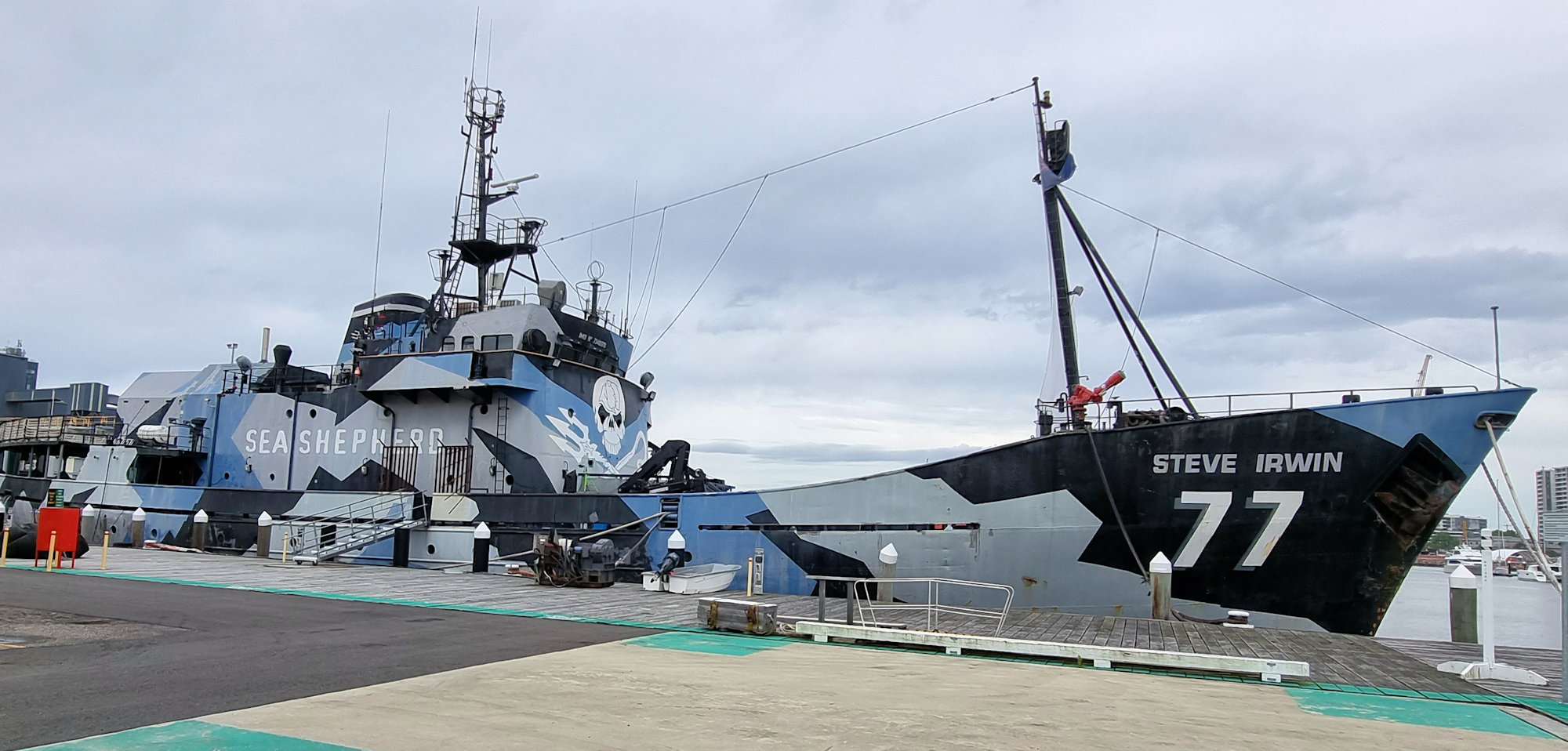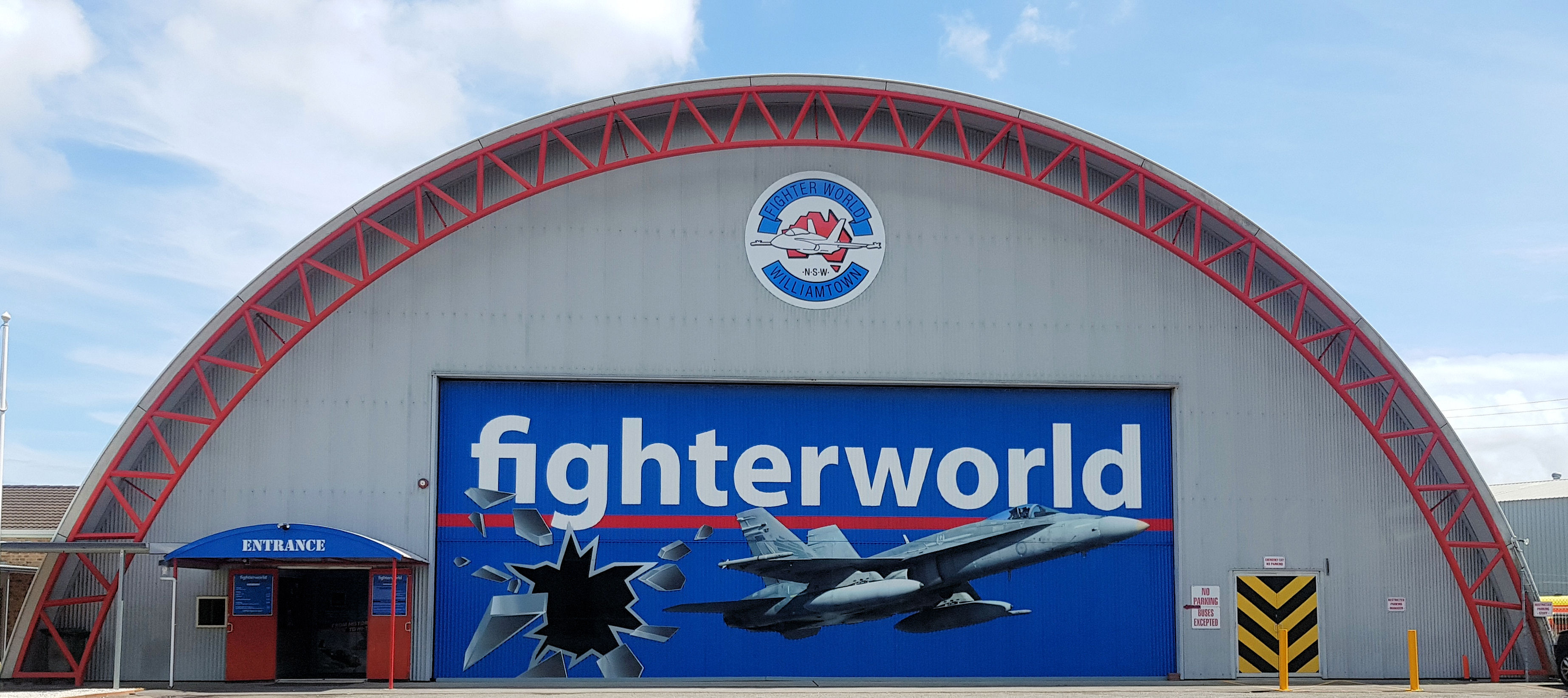Category: Newcastle
-
Big Picture Festival 2022

Big Picture Festival 2022 The Big Picture Festival 2022 in Newcastle New South Wales added ten beautiful murals to the city’s streetscapes. Sponsored by the Newcastle City Council, the event continues to add to an already impressive collection of street art. The council produced a downloadable PDF with the location of the latest additions which… Read more
-
Sea Shepherd’s MV Steve Irwin

Sea Shepherd’s MV Steve Irwin Although now retired from from its confrontations with Japanese whaling fleets, the MV Steve Irwin still looks impressive with its camouflage and skull painted deck house. Docked at Thales Marine in Newcastle, New South Wales, the ship is now owned by the non-profit organisation Ship4Good. Tours are a great way… Read more
-
Fighter World Williamtown NSW

Fighter World Williamtown Aviation Heritage Getting to Fighter World Fighter World located adjacent to the Williamtown RAAF base has an excellent display of jet fighters operated by the RAAF. Fighter world is very easy to find due to its location and parking is easy, because the museum has its own large car park. The Collection… Read more